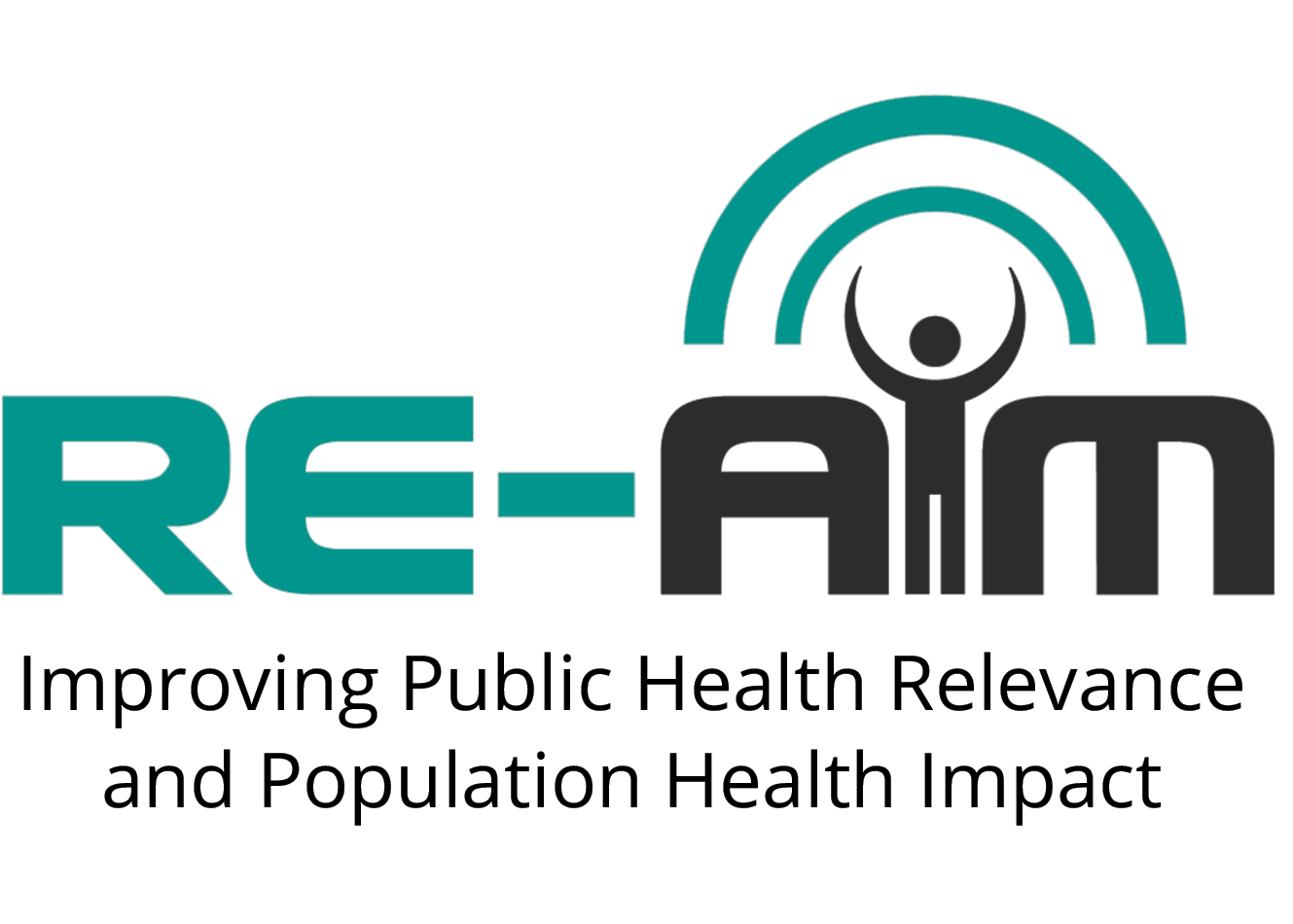MAINTENANCE of Health Behavior Interventions
Definition: At the setting level, the extent to which a program or policy becomes institutionalized or part of the routine organizational practices and policies. Within the RE-AIM framework, maintenance also applies at the individual level. At the individual level, maintenance has been defined as the long-term effects of a program on outcomes after a program is completed. The specific time frame for assessment of maintenance or sustainment varies across projects.
Research Issue:
What information is available on long-term individual or institutional effects? Because the majority of the intervention studies concentrate on reporting early findings related to their programs, it is not surprising that few provide information on the long-term follow up of study participants or program sustainability. In fact, it is very difficult to find any information on institutionalization of interventions.
Examples of MAINTENANCE from the literature:
Multiple-risk-factor interventions offer a promising means for addressing the complex interactions between lifestyle behaviors, psychosocial factors, and the social environment. Toobert et al (2007) examine the long-term effects of a multiple-risk-factor intervention. Postmenopausal women (N = 279) with type 2 diabetes participated in the Mediterranean Lifestyle Program (MLP), a randomized, comprehensive lifestyle intervention study. The intervention targeted healthful eating, physical activity, stress management, smoking cessation, and social support. Outcomes included lifestyle behaviors (i.e., dietary intake, physical activity, stress management, smoking cessation), psychosocial variables (e.g., social support, problem solving, self-efficacy, depression, quality of life), and cost analyses at baseline, and 6, 12, and 24 months. MLP participants showed significant 12- and 24-month improvements in all targeted lifestyle behaviors with one exception (there were too few smokers to analyze tobacco use effects), and in psychosocial measures of use of supportive resources, problem solving, self-efficacy, and quality of life. The MLP was more effective than usual care over 24 months in producing improvements on behavioral and psychosocial outcomes.
There have been few comprehensive evaluations of smoking reduction, especially in health care delivery systems. A generally representative sample of 320 adult smokers from an HMO scheduled for outpatient surgery or a diagnostic procedure was randomized to enhanced usual care or a theory-based smoking reduction intervention that combined telephone counseling and tailored newsletters (Glasgow et al 2009). Outcomes included cigarettes smoked, carbon monoxide levels, and costs. Both intervention and control conditions continued to improve from 3- to 12-month assessments. Between-condition differences using intent-to-treat analyses on both self-report and carbon monoxide measures were nonsignificant by the 12-month follow-up (25% vs. 19% achieved 50% or greater reductions in cigarettes smoked). The intervention was implemented consistently despite logistical constraints and was generally robust across patient characteristics (eg, education, ethnicity, health literacy, dependence). In the absence of nicotine replacement therapy, the long-term effects of this smoking reduction intervention seem modest and nonsignificant.
Ready to use RE-AIM in planning, implementing, or evaluating?
